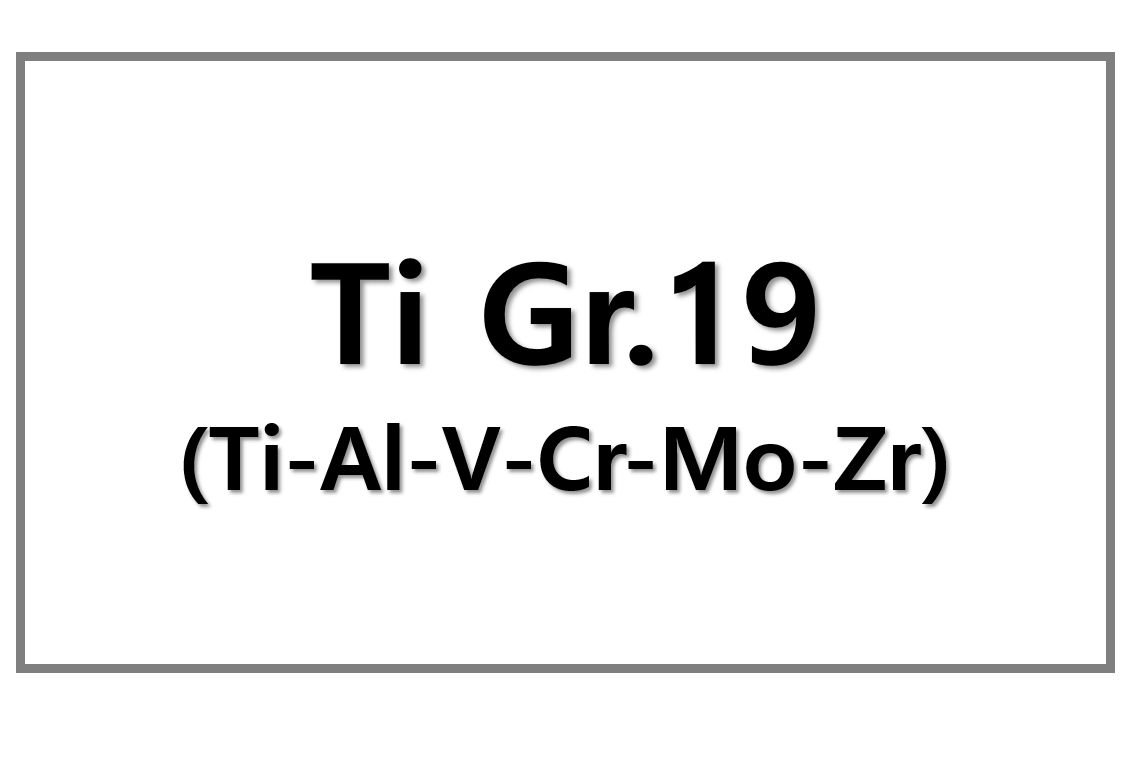
EV Depreciation: A Key Issue in the Second-Hand Market
The electric vehicle (EV) market is evolving rapidly, with consumer adoption increasing due to environmental awareness and technological advancements. However, depreciation remains a major challenge, directly affecting resale value. While all cars lose value over time, EVs historically depreciate faster than internal combustion engine (ICE) vehicles.
Factors Influencing EV Depreciation: Battery Health and Technology
The rapid advancement of battery technology is a key factor in EV depreciation. Newer models feature improved range, faster charging, and better efficiency, making older models seem outdated. While beneficial for new car buyers, this accelerates depreciation in the used EV market.
Battery health also plays a crucial role. Although EV warranties cover battery life for up to 8 years or 160,000 kilometers, concerns about battery longevity persist, particularly in older models. However, studies by Recurrent suggest that battery degradation is less severe than initially feared, increasing consumer confidence in used EVs.
Government Policies and Fiscal Incentives: Impact on Depreciation
Government incentives significantly influence EV depreciation, particularly in Europe. Subsidies and tax incentives lower the initial purchase price, impacting resale values. In some countries, a Tesla Model 3 can be cheaper than a Toyota Corolla due to subsidies, while in others, high taxation keeps EVs expensive.
The variation in incentives across different markets creates resale value discrepancies. Where subsidies are higher, depreciation is slower, whereas the absence of incentives leads to faster value loss. This highlights the crucial role of policy in used EV pricing.
Market Dynamics: Supply, Demand, and Price Cuts
The used EV market is affected by supply and demand shifts and manufacturer pricing strategies. The entry of affordable Chinese EVs has increased used EV supply, putting downward pressure on prices. Additionally, price cuts on new EVs by manufacturers lower the perceived value of second-hand models, creating further market instability.
EVs vs. ICE Vehicles: Depreciation Comparison
Compared to ICE vehicles, EVs depreciate faster in their initial years. Autovista Group data shows that three-year-old EVs retain less value than ICE vehicles across markets like Germany, Spain, Italy, and the UK. This is driven by fast-paced technological upgrades and rising used EV supply.
Hybrid-electric vehicles (HEVs) hold their value better than full EVs. Their longer lifespan and fuel efficiency make them more attractive to used car buyers, resulting in lower depreciation rates.
The Growing Second-Hand EV Market
Despite depreciation concerns, the second-hand EV market is growing. With improving battery technology, increasing consumer confidence, and lower used EV prices, more buyers are entering the market. Additionally, environmental concerns make used EVs an appealing choice.
With battery costs expected to drop and the EU’s 2035 ban on new petrol and diesel cars, experts predict that EV depreciation will stabilize over time. As the market matures, resale values are likely to improve.
Future Outlook: What’s Next for EV Depreciation?
The rate at which EVs lose value depends on government policies, emissions-based taxation, and overall market trends. According to the IEA Global EV Outlook 2024, declining battery costs and policy changes could help stabilize EV resale values. As battery production costs fall and technology improves, EV depreciation is likely to slow. More affordable EV models and stricter emission regulations will also play a role in shaping a more stable second-hand market in the coming years.











Leave a Reply
You must be logged in to post a comment.